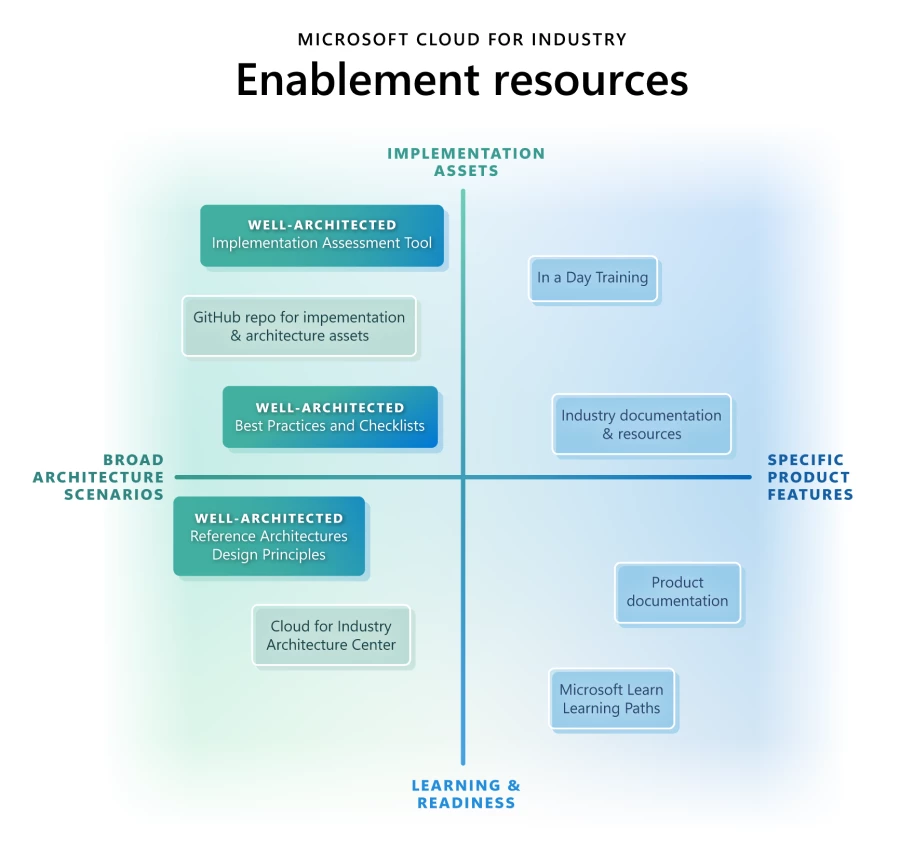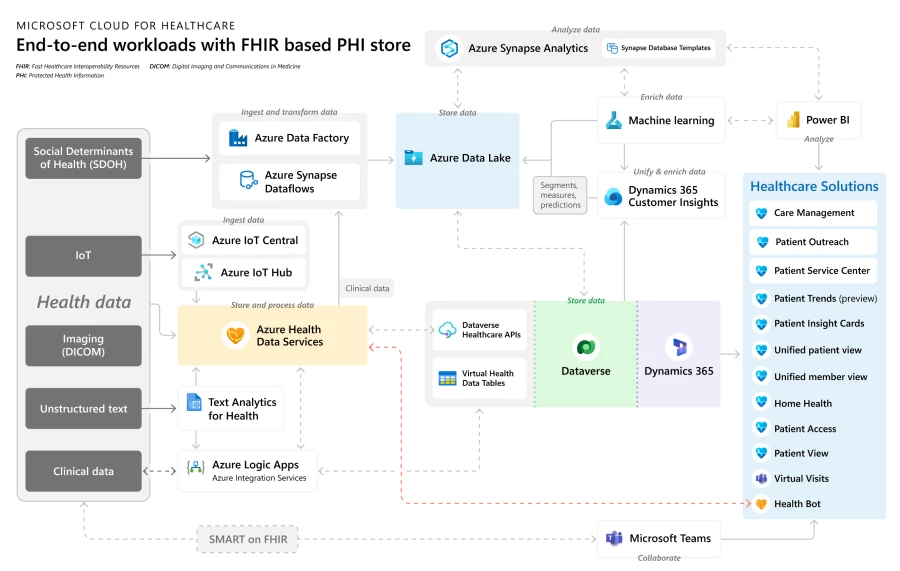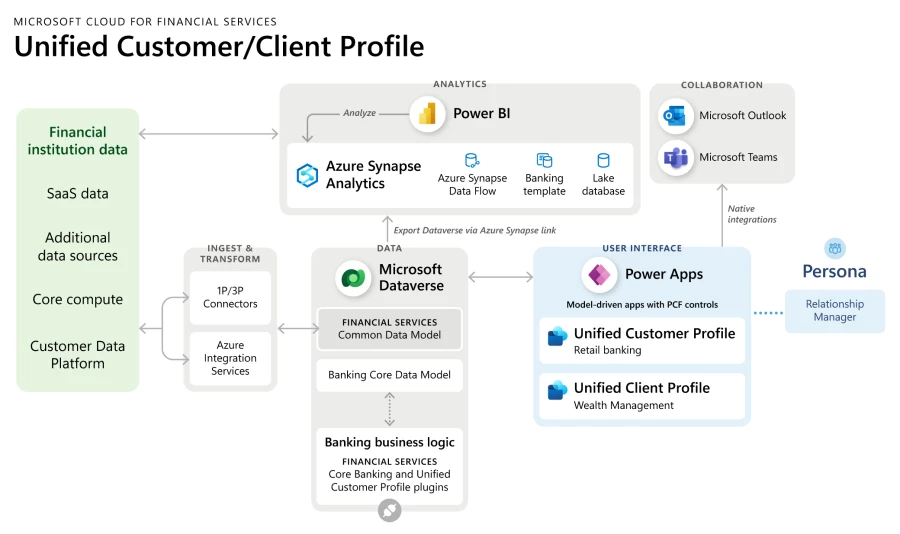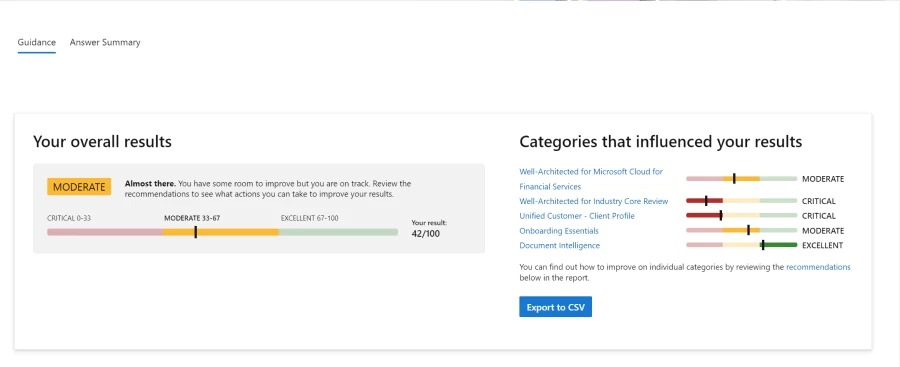Notizie per Categorie
Articoli Recenti
- [Launched] Generally Available: Latest PostgreSQL minor versions supported by Azure Database for PostgreSQL flexible server 2 Luglio 2025
- [Launched] Generally Available: Azure DNS security policy 2 Luglio 2025
- [In preview] Public Preview: Azure SQL updates for early-July 2025 2 Luglio 2025
- [Launched] Generally Available: Azure SQL updates for early-July 2025 2 Luglio 2025
- Retirement: VM Insights Map and Dependency Agent are being on June 30, 2028 2 Luglio 2025
- Planning your move to Microsoft Defender portal for all Microsoft Sentinel customers 1 Luglio 2025
- [Launched] Generally Available: Azure App Service on Azure Stack Hub 25R1 1 Luglio 2025
- Jasper Sleet: North Korean remote IT workers’ evolving tactics to infiltrate organizations 30 Giugno 2025
- [Launched] Generally Available: Encryption in Transit (EiT) for Azure Files NFS shares 30 Giugno 2025
- [Launched] Generally Available: Query editor in Azure Monitor Metrics 30 Giugno 2025
Well-Architected for Industry: Optimize Microsoft Industry Clouds implementation
When designing solutions, reducing complexity, and avoiding technical debt is a priority. As part of our efforts to empower implementers to create reliable, scalable, secure, and cost-efficient solutions, we have introduced Well-Architected for Industry. The framework consists of five pillars of architectural excellence including reliability, cost optimization, operational excellence, performance efficiency, and security. Implementers (project managers, solution architects, developers, operational team members, and system administrators) can benefit by applying these pillars to their workloads with curated resources such as checklists, reference architectures, and design principles to support the full solution development lifecycle. These design principles and best practices offer guidance to simplify the implementation process, making operations easier for our customers and partner ecosystem.
Announcing Well-Architected for Industry: Improve workloads and solution deployments
Since launching Well-Architected for Microsoft Cloud for Sustainability earlier this year, we have continued to grow and evolve our support for Microsoft Cloud for Sustainability. The latest updates reflect changes in the product roadmap and feedback from valued partners who have been an integral part of the Well Architected for Industry framework design. We have also added Well-Architected for Microsoft Cloud for Healthcare and Well-Architected for Microsoft Cloud for Financial Services.
Microsoft offers several technical resources. The Well-Architected for Industry framework focuses on broad implementation and architectural guidance reflected in the graphic below. Combining this with the product and feature documentation, customers and partners get unified direction for successful implementations.

Designing and implementing Microsoft Industry Clouds solutions requires benchmarking against best practices. To address this need we have introduced industry relevant self-assessment tools for Well-Architected for Microsoft Sustainability Manager. These tools help implementers work through a scenario of questions and recommendations that result in a curated guidance report that is actionable and informative, based on the project phase (plan, design, development, deployment, and operations). These self-service evaluations can highlight crucial opportunities for improvement based on specific environments and offer recommendations to improve results and increase reliability and deployment performance.

Well-Architected for Industry
Guiding principles that you can use to improve the quality of your industry cloud workloads
Well-Architected for Microsoft Cloud for Sustainability
“At KPMG we’re excited to embrace the most recent updates to Well-Architected for Industry, Microsoft Cloud for Sustainability content. This framework aligns with our approach of leveraging the latest technology from Microsoft and KPMG knowledge of climate and ESG data to enable successful Microsoft Cloud for Sustainability implementations. Our real-world experience and collaboration with Microsoft have enabled us to provide feedback on this content and is a significant opportunity for us to further assist our clients in their sustainability journeys.“
—Tegan Keele, KPMG Climate Data & Technology Leader.
The Well-Architected for Microsoft Cloud for Sustainability resources have been updated with a focus on data management and the Microsoft Sustainability Manager implementation journey, introducing best practices and performance-efficient Sustainability Manager workloads. The latest updates have been codesigned with select systems integrator (SI) partners such PwC, Fellowmind, and KPMG by using their experience in implementing Microsoft Cloud for Sustainability, offering guidance to optimize and refine systems cohesively, based on market-tested best practices.
In addition, revisions to reference architectures for Sustainability Manager and Emissions impact dashboard provide visibility into the building blocks of the Microsoft Cloud for Sustainability platform. We added guidance for data management, application lifecycle management, and environmental strategy to further help customers and partners.
The newly released Sustainability Manager Implementation Assessment Tool helps examine workloads through the lens of configuration and extension scenarios and across the Well-Architected pillars. This assessment tool allows implementers to work through one primary assessment across the planning, design, and go-live of the Sustainability Manager implementation journey.
- Plan and benchmark minimum viable product or the first iteration of Sustainability Manager implementation
- Benchmark core Sustainability Manager design considerations
- Benchmark against a checklist of deployment best practices
Well-Architected for Microsoft Cloud for Healthcare
Well-Architected for Microsoft Cloud for Healthcare is now generally available and helps implementers create efficient solutions for care management, patient outreach, and patient service center. Setting up the data estate is a critical design component for healthcare. To accomplish this, we’ve provided an extensive reference architecture that helps design the right solution while deftly navigating data management. This resource provides operational and analytics reference materials along with implementation recommendations.
The following image shows an end-to-end lifecycle of health data. In our reference architecture, we provide a comprehensive and structured approach adopted by organizations to manage their entire health data ecosystem effectively.

We are excited to include best practices and checklists for design and deployment of the first party solutions. To take this a step further, we also share entity relationship diagrams (ERD) to illuminate the data models for certain solutions.
Well-Architected for Microsoft Cloud for Financial Services
“As the launch partner and early adopter of Microsoft Cloud for Financial Services, we recognize that the Well-Architected Framework provides key implementation guidance and reference architectures. These are crucial for designing, deploying, and managing effective solutions in the financial services industry, and they facilitate our development of innovative products built on Microsoft Cloud for Financial Services.”
—Gokhan Cakiroglu, Chief Technology Officer, VeriPark.
Well-Architected for Microsoft Cloud for Financial Services recently launched, giving support to architecture deployments of specific Microsoft Cloud for Financial Services solution components: unified customer profile for retail banking and wealth management, onboarding essentials (preview), and document intelligence (preview). We understand the critical importance of designing the data estate correctly, especially for enabling unified customer profile. This release has operational and analytics reference architectures and step-by-step implementation journeys.

The framework incorporates best practices and considerations for design, deployment, and monitoring of first-party solutions. We also share ERDs of our data model and have an open-source plan for unified customer profile. Using open source provides flexibility and makes it easier for customers and partners to extend customizations. Deployment guidance for this is also available.
Microsoft Cloud for Financial Services Assessment Tool (preview) enables implementers to pick the assessment areas (for example, Well-Architected for Industry best practices and industry-specific applications) and the phase of the project (plan, design, development, deploy, and operations) to scope for assessment.

One assessment, four use cases:
- Assess workloads across well-architected pillars.
- Review and benchmark against a best practices checklist for design, deploy, and monitor.
- Evaluate extension scenarios.
- Review data estate strategy and data conversion design.
Using the results, implementers can refine solutions and continue to improve performance and reporting.
Get started with Microsoft resources
With these frameworks, it’s never been easier to advance Microsoft Industry Clouds solutions and take your organization to the next level. Find resources below and start your journey towards optimization.
Well Architected for Industry:
- Well Architected for Microsoft Cloud for Sustainability
- Well Architected for Microsoft Cloud for Financial Services
- Well Architected for Microsoft Cloud for Healthcare
Assessment tools:
- Microsoft Sustainability Manager | Well-Architected Assessment
- Microsoft Cloud for Financial Services Assessment Tool
The post Well-Architected for Industry: Optimize Microsoft Industry Clouds implementation appeared first on Microsoft Industry Blogs.
Source: Microsoft Industry Blog
